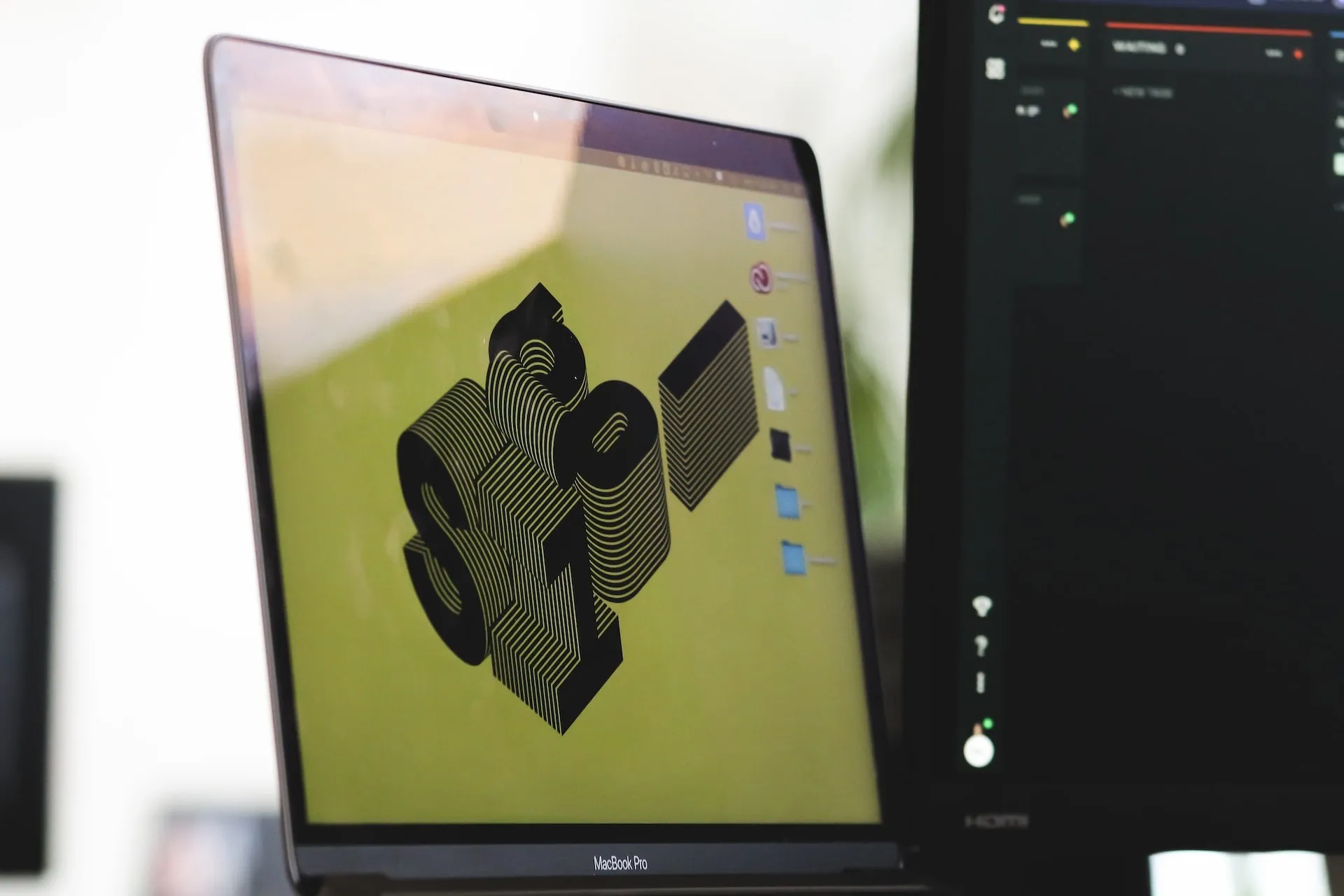What is CGI and how has it changed movies, animation, and content?
CGI is often used in movies, animation and everyday content. But what does CGI stand for, and what does good – or bad – CGI look like?

CGI is often used in movies, animation and everyday content. But what does CGI stand for, and what does good – or bad – CGI look like?
What is CGI?
What does CGI stand for? Computer-generated imagery. That’s the ‘meaning’ of CGI. In simple terms, it’s the use of computer graphics in art or media. It can be used in TV shows, movies, video games, simulations, online videos and more. Most cartoons today are made with CGI, rather than being hand-drawn.
It’s most often associated with expensive productions, either on the big screen or in your living room. However, you can use CGI to create incredible figures and scenes within your content.
What is an example of CGI?
CGI can conjure monsters, spaceships, people, explosions, planets, vehicles – whatever you want. Some obvious characteristics of CGI are:
- Two-dimensional computer-generated imagery, like text, objects, backdrops and environments.
- Three-dimensional objects like the ones we mentioned above.
- An effect that tricks you into believing it’s there. Naturally, you wouldn’t watch a TV show and believe that dragons exist. But good CGI allows you to suspend your disbelief and buy into the idea that, for the hour or so when you watch ‘Game of Thrones,’ dragons are real and they’re causing all sorts of trouble.
- An effect that adds a fantastical or unreal element. Sometimes, CGI doesn’t have to be believable. Depending on what kind of effect you want and the content you’re making, CGI can be used to purposely pull viewers out of the experience. Check out the below – they’re using deliberately bad CGI for laughs.
How does CGI work?
As the name suggests, CGI comes to life via a computer. Most of the time, it’s rendered using three-dimensional graphics software. This allows users to make anything from simple little cartoons to sprawling, multifaceted worlds. 3D software allows you to simulate the way light reacts to surfaces, making it seem even more realistic.
Good or bad CGI can make or break your content. So can music. Browse our catalog of 50,000 tracks and find the perfect tune today.

What’s the difference between CGI and VFX?
CGI is a type of VFX, which stands for visual effects. This is a catch-all term used to describe any kind of effect added to film, whether in post-production or as part of the shoot. The point of VFX is to take something fake and make it look believable.
Early examples of VFX in post-production included the ‘stop trick,’ wherein something significant changes between two frames, suggesting a transformation. In reality, all that’s happened is you’ve filmed, stopped, changed what’s in front of the camera, then started filming again.
Nowadays, VFX is most commonly associated with CGI. Here are some of the different types of VFX and nitty gritty effects you can achieve.

- Practical effects: These are sometimes called optical or mechanical effects. This can be anything from zombie makeup in ‘The Walking Dead’ to the model shark in ‘Jaws,’ Doctor Octopus in ‘Spider-Man 2’ to the dinosaurs in ‘Jurassic Park.’ Naturally, these practical effects can be given a polish with computers – the Jurassic dinos are famously animatronic with a CGI finish.
- Motion capture: When a subject’s movements are captured on camera, then transformed into something else with CGI – green screen and chroma keying help finish the job. One of the best examples is Bill Nighy in ‘Pirates of the Caribbean: Dead Man’s Chest.’ The film was released in 2006, and Nighy’s portrayal of Davy Jones, tentacles and slime and oysters and all, is successful because it bridges fantasy and reality. It does this by keeping Nighy’s eyes, giving his character a cold, but definitely human expression.
- Animation: This can be anything from a-ha's 'Take On Me' music video to a fully realized, 3D world like ‘Toy Story.’
- Match-moving: You might be familiar with this if you’ve ever used that IKEA tool to digitally place objects in your home. Match-moving renders computer generated objects in a real-life situation with the correct scale and position.
- Compositing: This refers to a collage of sources, like the ‘stop trick’ we mentioned earlier, which was popularized by the French filmmaker and illusionist, Georges Méliès. The point of compositing is to create the illusion that everything on the screen lives in the same world, like in ‘Space Jam.’
- Wire-framing: This creates a ‘frame’ 3D model, based on a real-life object. This was used for the Death Star in ‘Star Wars,’ and took forever – you could do it in a matter of minutes today with the likes of Blender software.

Which software is best for CGI?
There is no real best or worst CGI software, as it all depends on what you’re using it for. However, we’ve compiled a small list detailing some of the more popular CGI software.
Adobe After Effects
Some people use After Effects as a touch-up tool, but it’s powerful enough to help build an entire CGI world from scratch. In particular, it excels with compositing. Learn more about After Effects’ pros and cons when pitted against other Adobe software here.
Blender
Blender is open-source, free-to-use software that packs a punch, offering in-depth features like HDR lighting support. Check out a full rundown of Blender here.
Cinema 4D
Industry pros have been known to use this software, and while it’s a little pricey, it has more effects than you can shake a stick at. Plus, it’s ridiculously user-friendly.
If you want to go a little more in-depth on all things CGI animation software, check out our guide here.

What does bad CGI look like?
It’s not always a great idea to call out ‘bad’ CGI. First of all, it’s often subjective – one person’s trash is another’s treasure. People complained about some creatures in ‘The Rings of Power,’ claiming they didn’t look realistic. Others said that was the reason why the CGI was good: these are otherworldly fantasy beasts, so why should they look like normal animals? It wasn’t bad CGI in their minds, but rather a cool creative decision.
Another thing to bear in mind with bad CGI is that, more often than not, it results from rushed delivery and unrealistic demand from studios. Any Hollywood movie or big-budget TV show with bad CGI is almost certainly a result of this, because CGI workers aren’t unionized. This means they can be overworked and underpaid, leaving viewers with CGI effects in movies that just don’t cut the mustard. But it’s not the workers’ fault – remember that the next time you think about the flaws in the ‘She Hulk’ CGI!
CGI has changed cinema and content forever. Studios can shape entire landscapes for their movies without scouting a single location, anyone can get hold of tools like video-to-video AI, and content creators can sculpt their own worlds without relying on a massive team to back them up. Just look at what YouTube VFX wizard Ian Hubert did with After Effects and Blender. This is one guy!
The perfect soundtrack can conjure a certain mood, vibe or setting that complements and elevates your pro-level CGI. If that’s your kind of thing, why not try Epidemic Sound?
Our catalog is high-quality, affordable, and safe. An Epidemic Sound subscription goes beyond royalty-free music, removing the headache of licensing and freeing you up to do what you do best. You can enjoy the safety of our license hand-in-hand with our massive catalog of 50,000 tracks, covering just about every genre you can think of. You’ll also gain unlimited access to our advanced search functions — finding the right sound’s never been easier.
It’s better than royalty-free. It’s worry-free. Get started with Epidemic Sound below.

Are you a video editor or filmmaker? Whether you’re an absolute master or just a beginner, discover what Epidemic Sound has to offer in our Epidemic Sound for Filmmaking page. Oh, and if you’re looking for some music for video editing, check out our dedicated page.
Related posts:

